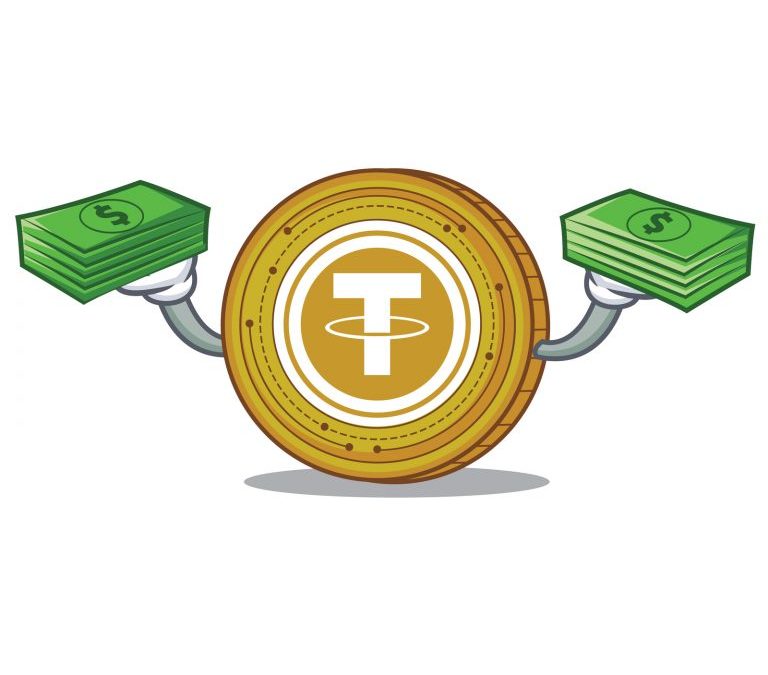A study examining the widely suspected correlation between Tether issuance and BTC price movement, undertaken by Wang Chun Wei and published by the University of Queensland, has found that USDT grants do not have a “statistically significant” effect on price fluctuations. Despite refuting the correlation between price fluctuations and Tether grants, the study notes a “positive relationship” between USDT issuance and “increased crypto-trading the following day.”
Also Read: China During Crypto Ban: One Woman Tries to Live on Bitcoin
Study Finds No Statistical Correlation Between Tether Issuance and BTC Price Movements
 Wang Chun Wei’s latest study, titled “The impact of Tether grants on Bitcoin,” has found the issuance of USDT does not have a “statistically significant” effect on BTC price movements.
Wang Chun Wei’s latest study, titled “The impact of Tether grants on Bitcoin,” has found the issuance of USDT does not have a “statistically significant” effect on BTC price movements.
Among the key assertions concluded by the study are that “It is unlikely that Tether manipulation caused the 2017 Bitcoin rally,” and that “Tether grants did not Granger-cause Bitcoin returns.”
The study employs an autoregressive distributed lag (ADL) model, testing “if Tether grants Granger-cause Bitcoin returns,” finding “no evidence suggesting Tether grants Granger cause Bitcoin returns.”
Strong Correlation Between USDT Grants and Increased Trading Activity Identified
 Despite arguing against USDT grants exhibiting a causal relationship with price swings, the study identifies a relationship between Tether issuance and trading volume, noting a “Positive relationship between Tether grants and increased crypto-trading the following day,” and “Evidence suggest[ing] that Tether trading increased following periods of negative Bitcoin returns.”
Despite arguing against USDT grants exhibiting a causal relationship with price swings, the study identifies a relationship between Tether issuance and trading volume, noting a “Positive relationship between Tether grants and increased crypto-trading the following day,” and “Evidence suggest[ing] that Tether trading increased following periods of negative Bitcoin returns.”
Elsewhere in the report, Wang Chun Wei cites the work of Griffin and Shams (2018), stating that “After tracking transactions between individual wallets…using over 200 BG worth of blockchain data…[Griffin and Shams (2018) found] that purchases with Tether are timed following Bitcoin downturns, suggesting Tether was used to support and manipulate Bitcoin prices.”
Mr. Wei notes that his “findings show that Tether grants were potentially timed to follow Bitcoin downturns and subsequent Bitcoin/Tether trading volumes increased, confirming Griffin and Shams (2018) narrative,” however, seeks to refute Griffin and Shams’ assertions, concluding that “the impact of Tether grants on Bitcoin returns were not statistically significant, and therefore Tether issuances cannot be an effective tool for moving Bitcoin prices.”
What is your response to Wang Chun Wei’s findings? Do you agree with Griffin and Shams’ argument that the increased trade activity surrounding the issuance of USDT could be indicative of price manipulation, or are you swayed by Wang Chun Wei’s assertion that there isn’t a “statistically significant” correlation between USDT issuance and price movements? Join the discussion in the comments section below!
Images courtesy of Shutterstock
At Bitcoin.com there’s a bunch of free helpful services. For instance, have you seen our Tools page? You can even lookup the exchange rate for a transaction in the past. Or calculate the value of your current holdings. Or create a paper wallet. And much more.
The post Study Finds “No Evidence” of USDT Price Manipulation appeared first on Bitcoin News.














